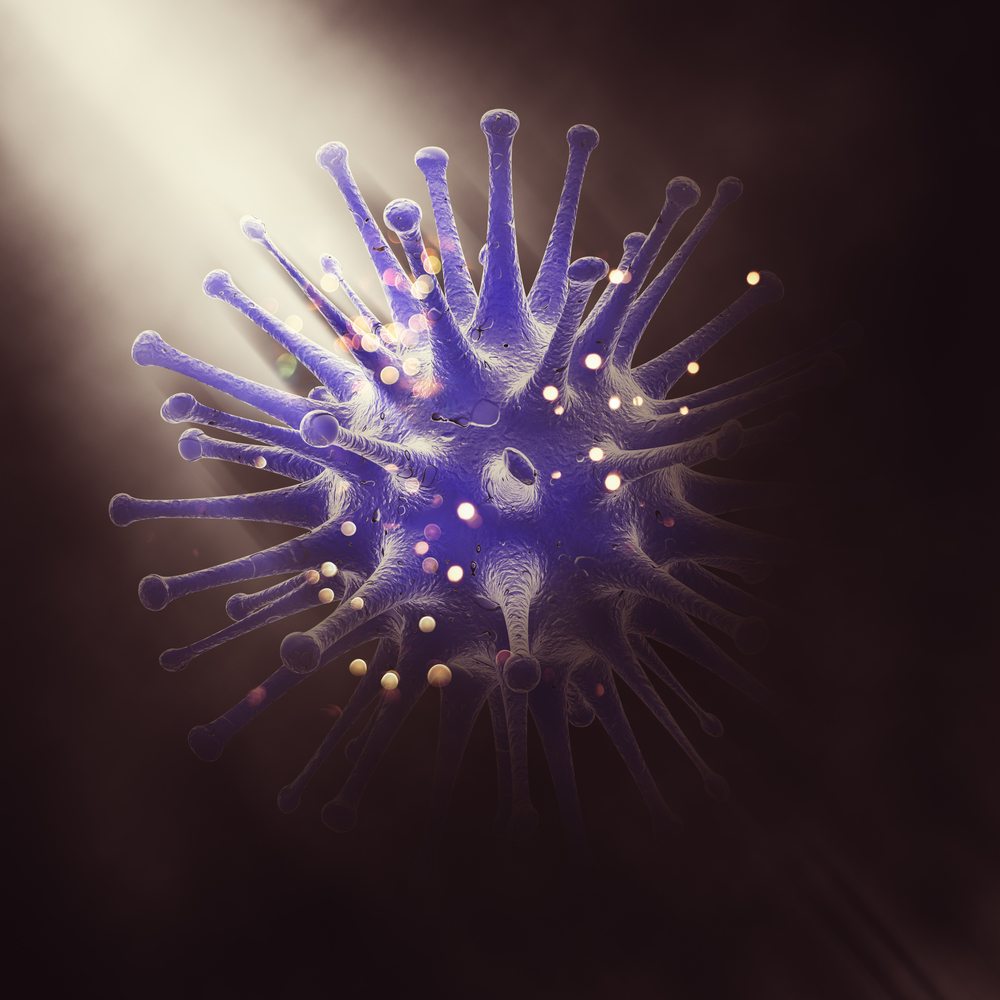
Scientists have uncovered how tumors are able to grow despite significant damage to the structure and number of their chromosomes – the storage units of DNA – according to two new studies published in Cancer Cell and Cancer Discovery today (Monday).
Healthy cells are programmed to self-destruct if there are mistakes in their genes that can’t be fixed, but cancer cells can carry on growing with these abnormalities. Over time, further genetic changes allow them to keep growing, spread, and become resistant to treatment.
But this genetic chaos can be exploited, as too much genetic re-assortment will push cancer cells into cancer cell death too.
Led by Professor Charles Swanton, the Francis Crick Institute scientists, part-funded by Cancer Research UK, have now found two ways that cancer cells are able to survive and grow with this chaos.
In one study, the researchers found that bowel cancer cells with an abnormal number of chromosomes had a higher number of faults in the BCL9L gene.
They revealed that in normal cells, BCL9L helps activate a protein called caspase-2 in response to an abnormal number of chromosomes, triggering a self-destruct sequence.
But the scientists found that by inactivating the BCL9L gene, using various techniques, cells with an uneven number of chromosomes did not activate caspase-2 and continued growing normally.
This suggests that the faults in BCL9L allow bowel cancer cells to cope with an abnormal number of chromosomes, so they can continue to thrive and evolve.
Cancer cells often make errors when dividing, leading to the incorrect number of chromosomes being passed on to daughter cells. While cancer cells can survive a certain amount of this, there is a fine balance before too many errors cause them to die. The second study** reveals how cancer cells avoid tipping over the edge.
Scientists found that faults in the internal machinery, known as APC/C, helps cancer cells to slow down the division process, allowing them to avoid making an excessive number of mistakes when distributing chromosomes to daughter cells. This helps the cancer build up genetic diversity between cells within the tumour.
But when the researchers restored the machinery back to full speed in cancer cells they made more genetic errors as they divided – ultimately meaning that they may no longer survive the chaos in their chromosomes.
Professor Charles Swanton, lead researcher based at the Francis Crick Institute in London and part-funded by Cancer Research UK, said: “The development and progression of cancer is fuelled by an unstable genome. It can cause a high degree of diversity between cells, influencing how well treatments work and drug resistance. If a cancer cell can cope with large scale changes to its DNA then it might gain an advantage that helps it to grow, spread and survive treatment. Until now, we knew very little about how these cancer cells kept growing and evolving.
“We hope that understanding these mechanisms will allow us to limit drug resistance and improve the efficacy of cancer therapies.”
Patients whose tumour cells contain an incorrect number of chromosomes have worse survival as this can lead to cancer evolution and drug resistance.
Professor Karen Vousden, Cancer Research UK’s chief scientist, said: “These two studies reveal more about how cancer cells are able to survive with a genetic makeup that would lead to the death of normal cells. This opens the door to potentially exciting new ways to target cancer cells – by exploiting the genetic chaos that lies at the heart of some cancers.”




